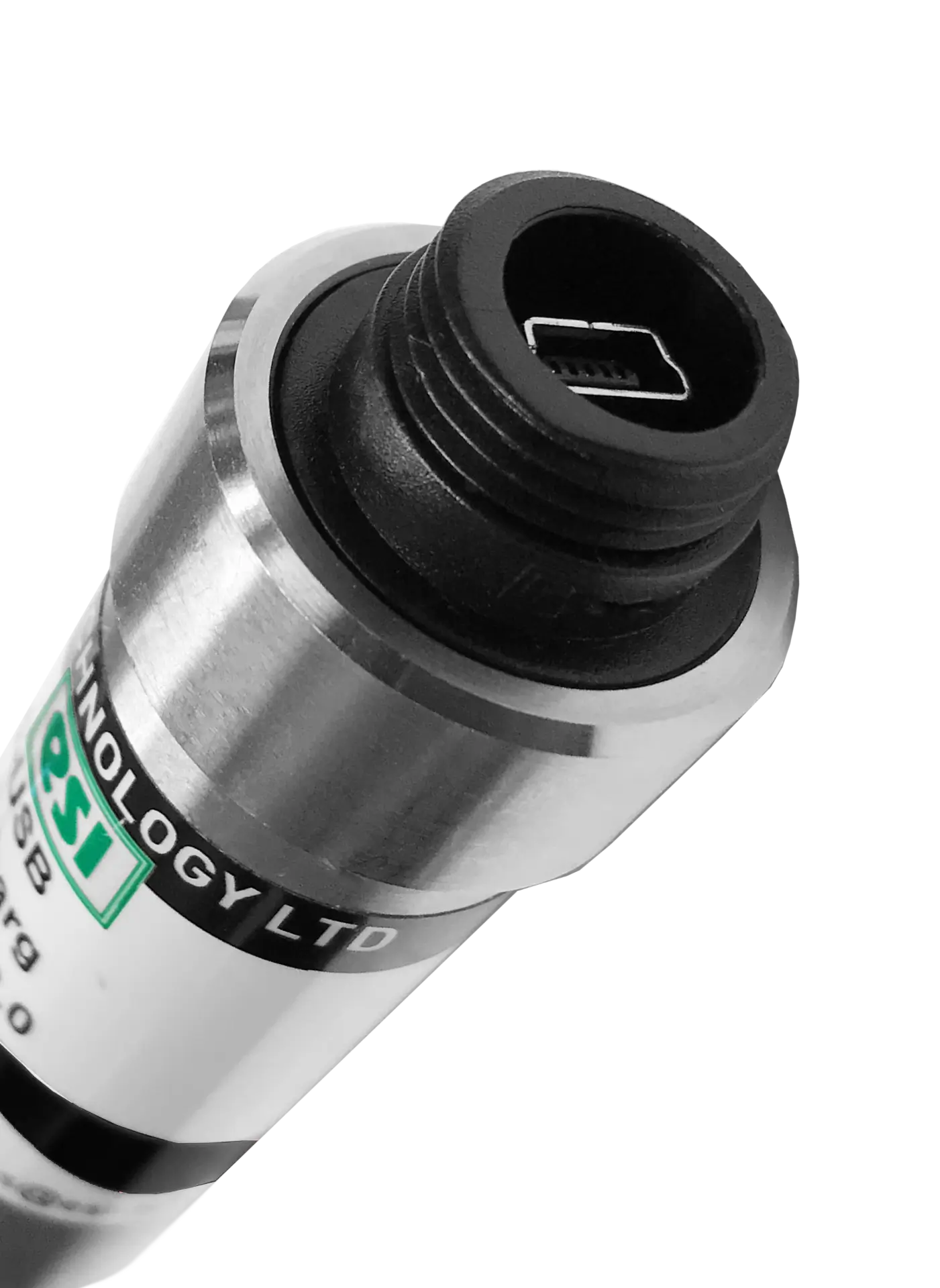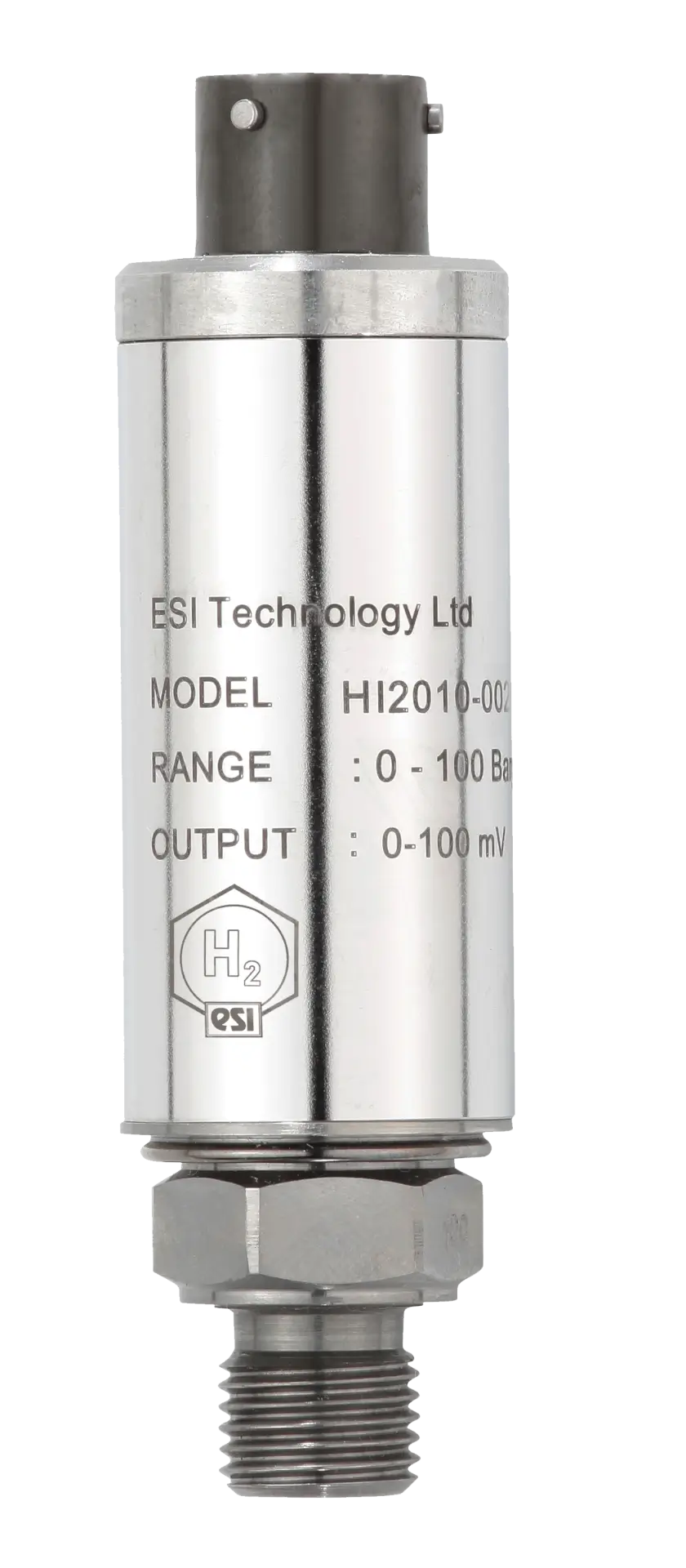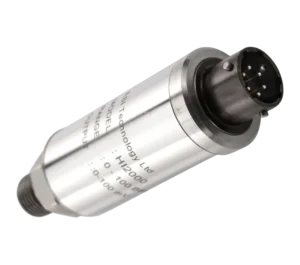Our Unit Converter
The ESI Unit converter allows you to quickly and easily access a conversion tool to work out your preferred unit of pressure measurement wherever you may be. Whether out on-site or in the office.

Download the ESI-USB© Software
The ESI-USB© software allows you to connect your ESI transducer to your laptop or PC and be up and running monitoring pressure data within ten minutes. The software auto-updates and is compatible with Windows 8, 10 & 11.


How to Choose the Correct Output For Your Pressure Transducer
A pressure transducer is a transducer that converts pressure into an analogue electrical signal. Selecting the correct pressure transducer for the appropriate application can be a complex task, and failure to do so can make the operation of the equipment ineffective. Although there are various types of pressure transducers, one of the most common is the strain-gauge based transducer. The conversion of pressure into an electrical signal is achieved by the physical deformation of strain gauges which are bonded onto the diaphragm of the pressure transducer and wired into a Wheatstone bridge configuration. Pressure applied to the pressure transducer produces a deflection of the diaphragm which introduces strain to the gauges. The strain will produce an electrical resistance change proportional to the pressure.
Economical Pressure Transducers
Pressure transducers are generally available with three types of electrical output; millivolt, volt and 4-20mA. Transducers with millivolt output are normally the most economical pressure transducer. Their lack of on board signal conditioning electronics means they tend to work at higher temperatures than the amplified models. The output of the millivolt transducer is nominally around 30mV at full scale. The actual output is directly proportional to the pressure transducer input power or excitation. If the excitation fluctuates, the output will change also. Because of this dependence on the excitation level, regulated power supplies are suggested for use with millivolt transducers. Because the output signal is so low, the transducer should not be located in an electrically noisy environment. The distances between the transducer and the readout instrument should also be kept relatively short.
What output do you use for pressure transducers?
Voltage output transducers include integral signal conditioning which provide a much higher output than a millivolt transducer. The output is normally 0-5Vdc or 0-10Vdc. Although model specific, the output of the transducer is not normally a direct function of excitation. This means unregulated power supplies are often sufficient as long as they fall within a specified power range. Because they have a higher level output these transducers are not as susceptible to electrical noise as millivolt transducers and can therefore be used in much more industrial environments.
These types of transducers are also known as pressure transmitters. Since a 4-20mA signal is least affected by electrical noise and resistance in the signal wires, these transducers are best used when the signal must be transmitted long distances. It is not uncommon to use these transducers in applications where the lead wire must be 500 metres or more.
So, in short, you must look at your application to find out which output is the best to choose. For higher temperature applications the mV output should be the first consideration. For industrial environments with potentially unregulated power supplies, the voltage outputs will suffice, and for applications where your signal needs to transmit over long distances then a 4-20mA transmitter is perfect.
Still need help? Contact our offices for further help and advice.


